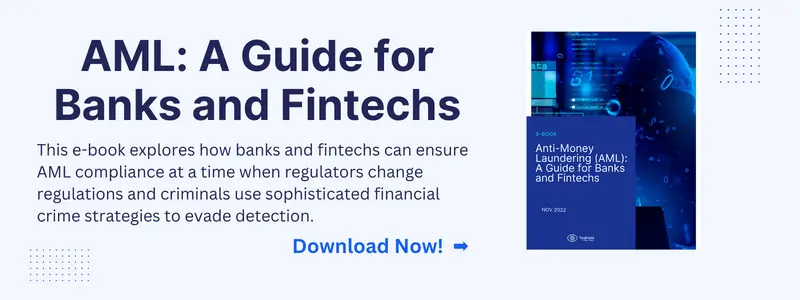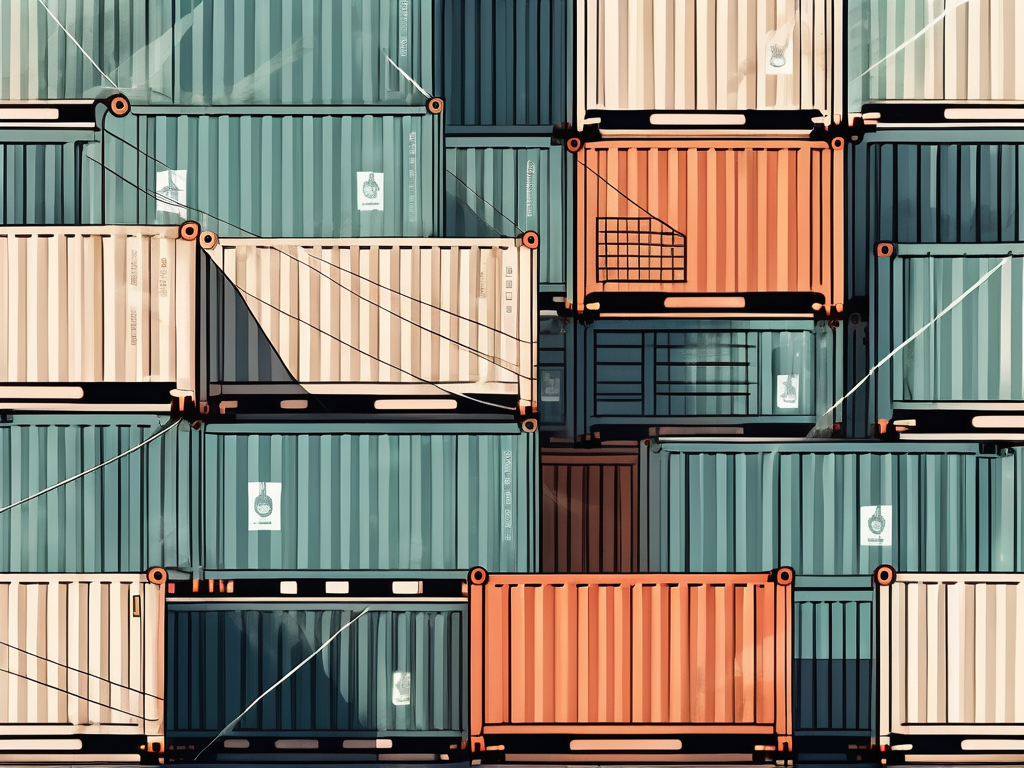The world of counterfeit money is growing larger each day. Counterfeit currency, once confined to the realms of skilled forgers and secret operations, has now infiltrated the mainstream, proliferating across borders and infiltrating our daily transactions. The reality is that the circulation of fake money is rising at a large pace. This is creating a greater problem for individuals, businesses, and thriving economies.
The Reserve Bank of India released its annual report in May 2022. As per the report, the banking system detected a surge in counterfeit currency notes of 500 denominations in 2021-22. The number of fake notes more than doubled to reach 79,669 pieces, compared to the previous year's figures.
As technology advances, so do the tactics of counterfeiters. This makes it easier for them to produce convincing replicas of legal tender. The increasing use of fake money has raised concerns among financial experts and law enforcement globally. It's important to explore this issue further in order to better understand it. In this article, we'll take a closer look at counterfeit money and discuss typical money launderingschemes.
What is Counterfeit Money?
Counterfeit money is a deceptive imitation of genuine currency circulating within an economy. These notes are without the backing of a legitimate authority, such as the central bank. The counterfeit notes are designed to mimic the appearance of real currency. They lack the essential authenticity and value that genuine money possesses.
Counterfeiters use advanced printing techniques and high-quality materials to create convincing replicas of banknotes, aiming to deceive individuals, businesses, and financial institutions. These forged notes enter circulation through various means, including illicit networks, unsuspecting individuals, and even legitimate commercial transactions, making it challenging to trace their origins.
The consequences of counterfeit money are far-reaching. For individuals, accepting counterfeit notes can result in financial losses and legal repercussions. Companies experience financial losses and the risk of damaging their relationships with customers and suppliers. Moreover, counterfeit money undermines the stability and integrity of a country's financial system, eroding public trust in the currency and the economy as a whole.
Now that you know what is counterfeit money meaning, let us discuss money laundering in connection with counterfeit currency.
Money Laundering Related to Counterfeit Currency
Money laundering and counterfeit currency form a threatening alliance, creating a complex and intertwined network of illicit financial activities. Criminal organizations, driven by the desire to legitimize their illegal wealth, frequently resort to counterfeiting money as a pivotal tool in their money laundering schemes.
By injecting fake currency into the legitimate financial system, these criminals attempt to blur the lines between legal and illegal funds. This strategy enables wrongdoers to pass their unlawfully obtained money through transactions that seem legitimate. This makes it hard for law enforcement and financial institutions to figure out where the money came from.
The integration of counterfeit money into money laundering operations not only camouflages the illegal origins of the funds but also enables these criminals to exploit vulnerabilities within the financial system, perpetuating a cycle of deceit and criminality.
One of the primary reasons criminals favour counterfeit currency in their money laundering endeavours is the difficulty in detection. Thanks to technological progress, counterfeiters can create fake bills that look a lot like real money. This makes it tough for regular folks and businesses to spot the fake cash.
Unsuspecting victims may accept counterfeit bills, becoming part of money laundering activities. To disrupt this nefarious connection between counterfeit money and money laundering, international cooperation and stringent regulatory measures are imperative.
Money Laundering Schemes Involving Counterfeit Currency
Various money laundering schemes exploit counterfeit currency. This ranges from simple tactics to sophisticated operations. Smurfing, trade-based laundering, and shell companies are just a few to name. By familiarizing ourselves with these schemes, we can enhance our vigilance and protect our finances from manipulation.
- Smurfing: Smurfing involves breaking down large sums of counterfeit money into smaller transactions to avoid suspicion. Criminals recruit individuals, known as Smurfs, to make numerous small deposits, enabling them to launder substantial amounts without raising alarms.
- Trade-Based Laundering: In trade-based laundering, criminals manipulate invoices and transactions within legitimate international trade. By inflating prices, understating quantities, or falsifying goods and services, counterfeit money is integrated into legitimate trade transactions, making it challenging to differentiate between legal and illegal funds.
- Shell Companies: Criminals establish fictitious shell companies, which exist only on paper, to facilitate money laundering. These entities engage in fake transactions, generating invoices and receipts to legitimize the flow of counterfeit money. These transactions create a facade of legitimate business activity, obscuring the origins of the illicit funds and making detection arduous for authorities.
FATF's Report and Policy Implications
The Financial Action Task Force (FATF) plays an important role in the fight against money laundering and terrorist financing globally. Their meticulously crafted reports serve as invaluable resources, offering profound insights into the ever-evolving landscape of financial crimes. These reports delve deep into emerging trends, identifying the subtle shifts in criminal strategies, and pinpointing potential vulnerabilities within the global financial system.
FATF's comprehensive analysis not only highlights the risks associated with counterfeit currency but also outlines detailed policy recommendations aimed at addressing these challenges. By meticulously examining the methods employed by criminals and understanding the intricate web of money laundering schemes, policymakers gain a nuanced understanding of the enemy they are up against. This knowledge arms them with the necessary tools to craft robust legislation and regulatory frameworks, closing loopholes and strengthening the financial sector's defences against illicit activities.
For financial institutions, the insights offered from FATF's reports are invaluable. Banks and other financial institutions can improve their carefulness by keeping up with the latest trends and risks mentioned in these documents.
This heightened vigilance enables them to detect suspicious transactions linked to counterfeit currency, preventing these funds from infiltrating the legitimate financial system.
How to Determine and Avoid Counterfeit Money?
Often there is a question of how to determine counterfeit money and how to avoid counterfeit money. Notably, detecting counterfeit money requires vigilance and knowledge of security features that are embedded in legitimate currency notes. From watermarks to security threads, understanding these features can help you differentiate genuine bills from counterfeit ones.
- Watermarks and Security Threads: Legitimate currency notes often feature watermarks and security threads that are embedded during the printing process. Hold the bill up to the light to check for these security features. Watermarks are faint images or patterns embedded into the paper, visible when the note is held against light. Security threads are thin, embedded strips running through the note, with intricate details and text visible under light. Counterfeiters may find it challenging to replicate these features.
- Colour and Print Quality: Genuine currency notes use high-quality printing techniques, resulting in vibrant colours and sharp details. Counterfeit money, on the other hand, might appear faded, blurry, or of poor quality. Inspect the colours and fine details. Look for irregularities, smudges, or uneven patterns, as these can indicate counterfeit printing.
- Microprinting: Authentic banknotes often incorporate microprinting, which involves printing tiny text or patterns that are difficult to replicate. Use a magnifying glass to inspect the note. Genuine microprinting will be sharp and clear, while counterfeit attempts may appear smudged or unclear under magnification.
- UV Light Detection: Many countries use special inks that fluoresce under ultraviolet (UV) light. Genuine banknotes often contain UV-reactive elements that become visible when exposed to UV light. Use a UV light detector to check for these elements. Counterfeit notes may lack the appropriate UV-reactive features or exhibit unusual fluorescence patterns.
- Texture and Feel: Authentic currency notes are made from high-quality paper with a specific texture. Counterfeit notes might feel different to the touch. Genuine bills often have a slightly raised texture due to the printing process, whereas counterfeit money might feel flat or smooth. Familiarizing yourself with the genuine texture can help you identify suspicious notes.
By staying vigilant and employing these methods, both individuals and businesses can reduce the risk of falling victim to counterfeit money scams, thereby contributing to the collective efforts against financial fraud and illicit activities.
Anti-Financial Crime Compliance with Tookitaki?






